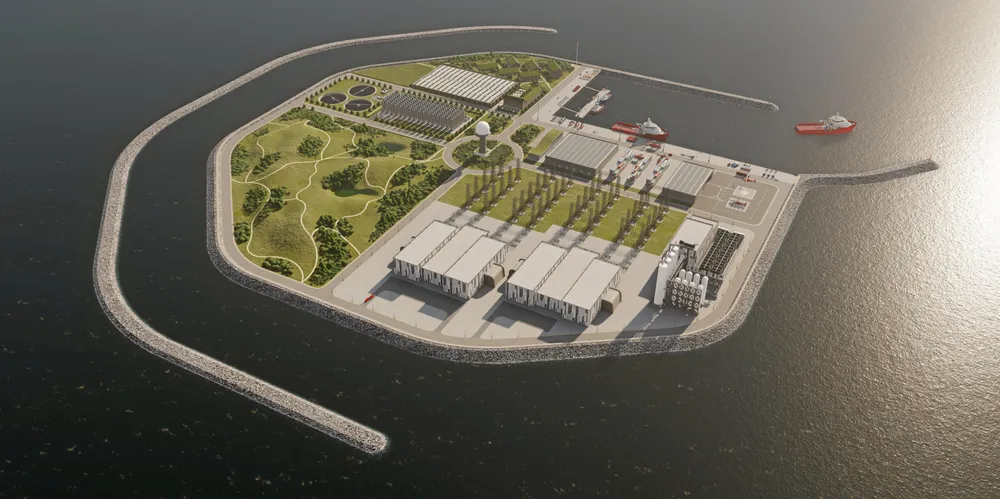Giant German energy islands: Allianz and CIP seek go-ahead for $5.4bn plan
Far-offshore structures would be linked to 10GW of offshore wind and could host electrolysers to produce green H2 for piping to mainland

Copenhagen Infrastructure Partners (CIP) and insurance giant Allianz have applied for permission to build two artificial energy islands in the German North Sea that are slated to link to 10GW of offshore wind.
The partners last year kicked off a feasibility project and now lead a consortium also including IfAÖ, TÜV Süd, Chatham Partners, Wood Thilsted and COWI that has submitted the plan for approval to German authorities.
“Both islands are located in water depths of 30 to 40 metres in strategically favourable areas that maximise the benefits for the energy transition without affecting other aspects such as military, nature, or shipping,” CIP said.
“They are part of areas intended for the expansion of offshore wind energy and... have no influence on the federal government's expansion targets.”
The islands are planned to each have a size of half a square kilometre.
The consortium has submitted applications to Germany’s Federal Maritime and Hydrographic Agency (BSH), and expects an approval in 2027 in order to be able to start construction in late 2028 and complete the project by the end of 2032.
First offshore wind capacity could be linked to the island in 2034, with the full 10GW connected by late 2037, they said.
Germany aims to boost its offshore wind capacity to 30GW by 2030, 40GW by 2035, and 70GW by 2045 – up from 8GW in operation last year.
CIP added that Nordsee Energieland and Dogger Energieinsel could be linked to planned energy islands in neighbouring countries.
The islands would be close to the Dutch, Danish and UK sea borders in the shallow Dogger Bank zone and could also receive power from wind farms there.
The information provided by CIP also pointed to the possible use of offshore wind power that couldn’t be fed into the grid for the production of green hydrogen on site.
“In addition, [electrolysers] reduce the need for investments in offshore transmission capacities and grid reinforcements in the mainland grid and thus lead to an optimisation of investments in this area,” CIP said.